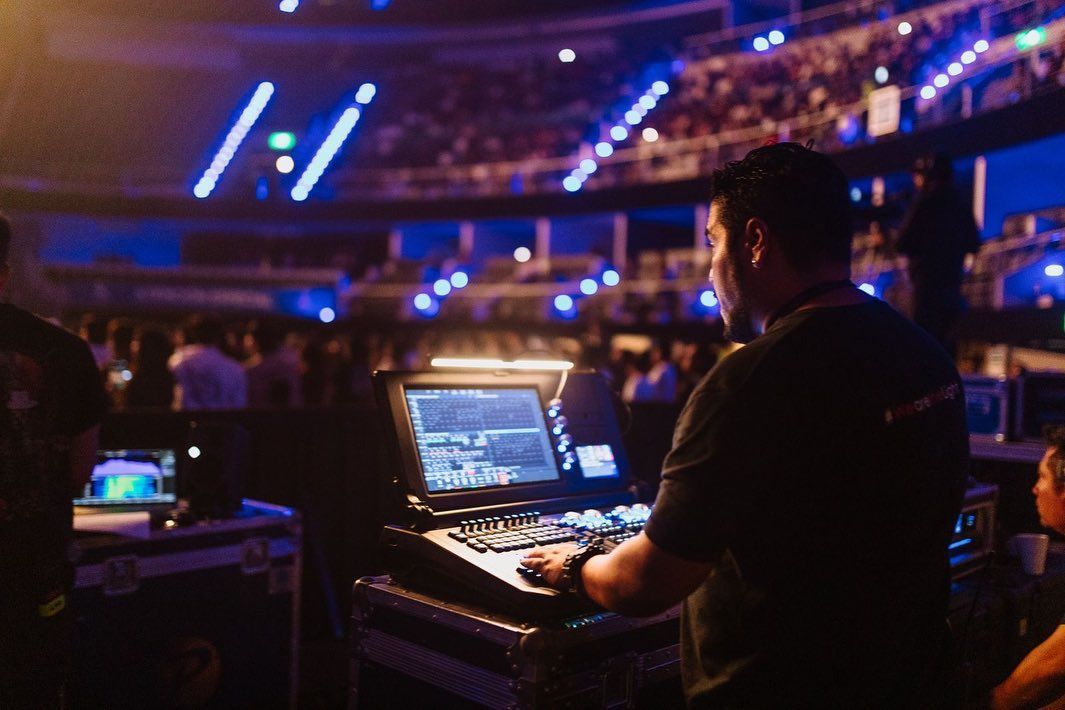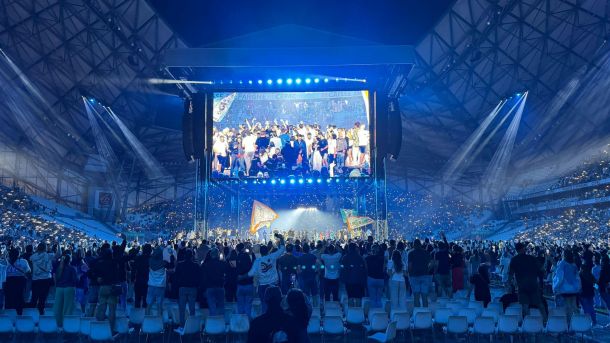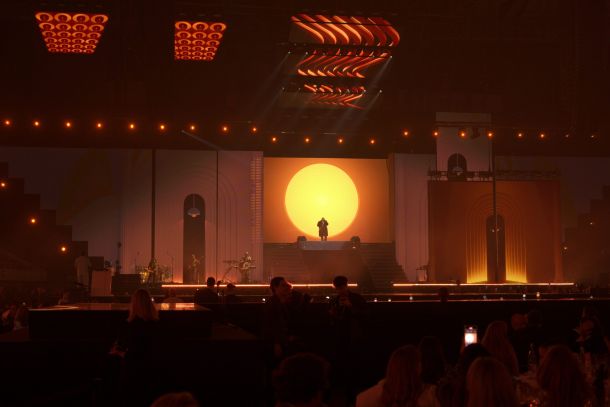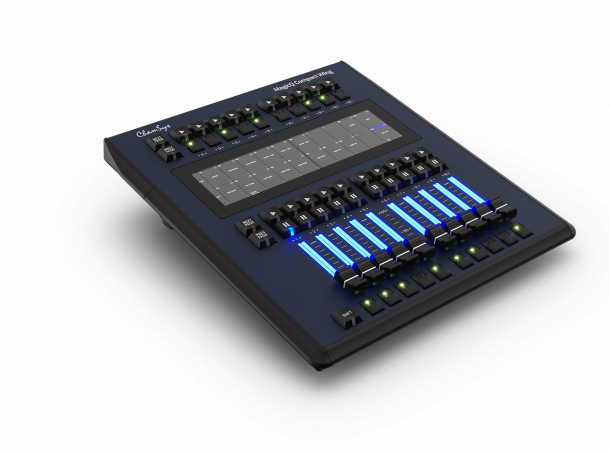Jon Towler Navigates Changes and Challenges On Outlander TV Series with ChamSys
STOCKPORT, UK – The hit Starz TV series Outlander has captivated global audiences with its intensely visceral tale centered around time travel. And with the passage of time, of course, comes change, which is something that Jon Towler can appreciate as lighting programmer and console operator for the program.
 Towler, of Nineteen Sixtyone Ltd., began working on Outlander when it debuted in 2013 at the invitation of its HOD Gaffer Scott Napier, and has been with the program for all six seasons since. In that time, the show has made a major transition from tungsten and HMI heavy lighting into a rig consisting mostly of LED fixtures.
Towler, of Nineteen Sixtyone Ltd., began working on Outlander when it debuted in 2013 at the invitation of its HOD Gaffer Scott Napier, and has been with the program for all six seasons since. In that time, the show has made a major transition from tungsten and HMI heavy lighting into a rig consisting mostly of LED fixtures.
“Things change, and as technology has advanced, the lighting has transitioned dramatically,” said Towler. “The biggest surprise to me was how quickly the show embraced LED & wireless DMX. To give you an idea of how dramatically things changed, we started Season 1 with eight universes of DMX for the studio (controlling mostly tungsten & fluorescent). We ended Season 6 with 180 universes of DMX in the studio and 12 Universes of wireless DMX.
“The transition to pixelated LED fixtures and wireless DMX has created the tool kit the DOP always dreamed of,” continued Towler. “However, it’s also introduced new issues of how to control all the different types of fixtures, with each manufacturer taking different approaches to control and colour spaces. My biggest challenge as programmer/console operator is to ensure that as these changes have taken place, there are always as many options available to the DOP in the shortest time possible.”

Helping Towler navigate is way through these changes, along with the other challenges involved in lighting a program that takes place in varied locations, are his own ChamSys MagicQ MQ500M Stadium Console and MagicQ MQ500M Stadium Wing. (Outlander also carries two MagicQ MQ100 units supplied by Panalux for some filming sites as well as a QuickQ 30 and QuickQ 20, owned by the Gaffer for smaller locations and camera tests.)
“Thanks to the high (256) universe count on the ChamSys MQ500M, I was able to make the decision to use all fixtures in 16-bit and Pixel control modes,” said Towler. “This gave the DOP and Gaffer the ability to run effects on any fixture at a moment’s notice without needing to repatch or change modes, which saves time, something you are always short on with a program like this. By the end of filming, we had amassed a total of 180 ArtNet Universes used.
“I should also add that not having to worry about parameter counts, means I don’t have to take a conservative approach to the lighting control,” he continued. “Everybody knows sets get added and the lighting rig grows constantly. So, it’s a relief to know I can always accommodate.”
All of the floor lighting kit is controlled using wireless DMX (LumenRadio CRMX). With the large selection of floor lamps pixelated, Towler had to up the wireless universe count to 12, which he anticipates increasing as the program continues.
Towler described how MagicQ Swatch helped him balance colors for the program. “The issue we have with fixtures in TV & Film, is that they are mostly calibrated to different colour spaces,” he said. “This is a big challenge when trying to match the colour on different fixtures. To resolve this issue, I populate the personality palettes with the fixture’s CCT & filters. I also use custom user swatches in addition to the MagicQ Swatches, and add colorimetry for all noncalibrated fixtures. The combination of all these methods gives me the best chance of colour matching.”
Filming locations for Outlander change virtually every day, and include castles, forests, outdoor sets, studio sets, and listed buildings. The same level of lighting control is required regardless of where the filming occurs.
Towler has a shooting kit that travels to all sets and locations. All consoles have the same base programming/patching, so everything is seamless. By networking the stages Towler can control all the Stages from one central point, while retaining the option to have a console in the Studio if required.
Almost all programming for Outlander, including effects, is done only minutes before the camera turns over, noted Towler, who states “the speed at which I am able to work, and the flexibility within MagicQ, is why I am a loyal ChamSys user!”
Other features of his console that Towler finds indispensable on Outlander are The Output Plan View (“it would be nearly impossible to control a show of this size without it.”) and Motorised Faders (“a feature you don’t realise how much you need until you use a console without it.”)
Making full use of his console’s robust features and working closely with the DOP and Gaffer, Towler has been delivering impeccable lighting control for Outlander season after season through advances in technology and changing location demands. There are many reasons why the show has been justifiably praised for making a fantastical tale seem so believable. This impressive accomplishment belongs somewhere on that list.











